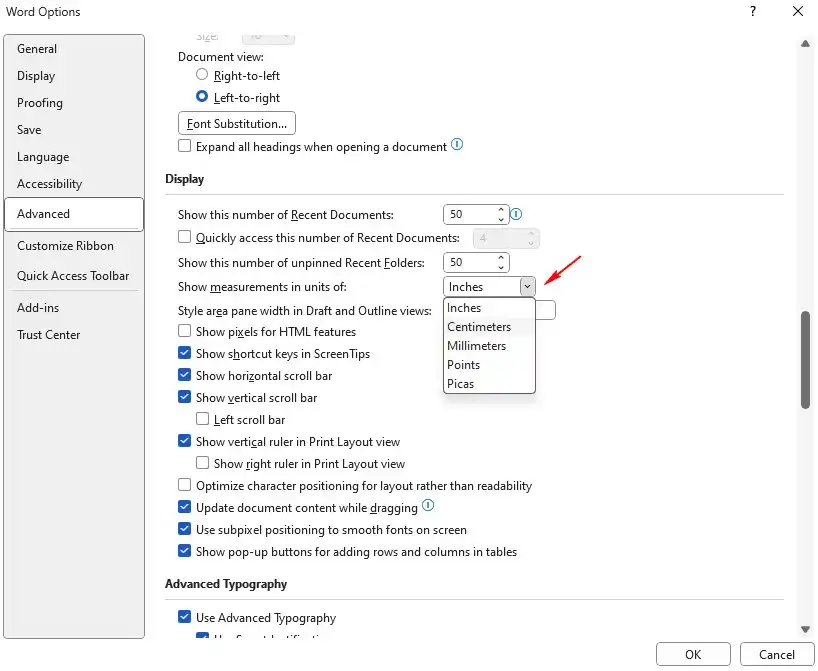- Importance of learning body parts vocabulary
- Target audience: Grade 4 students
- Overview of the article’s content

II. Basic Body Parts Vocabulary
- List of common body parts with images (head, eyes, ears, nose, mouth, neck, shoulders, arms, hands, fingers, legs, knees, feet, toes, etc.)
- Simple definitions and example sentences for each body part.
III. Matching Exercises
- Several matching exercises: picture to word, word to definition.
- Answer key provided.
IV. Fill in the Blanks Exercises
- Several fill-in-the-blanks exercises using sentences with blanks for body parts.
- Answer key provided.
V. True or False Exercises
- Several true or false statements about body parts and their functions.
- Answer key provided.
VI. Label the Diagram Exercises
- A diagram of a human body with blanks for body parts to be labeled.
- Answer key provided.
VII. Short Answer Questions
- Several short answer questions to test comprehension and vocabulary.
- Example questions: What do you use to see? What do you use to hear?
- Answer key provided.
VIII. Creative Writing Activity
- A simple creative writing prompt related to body parts.
- Example: Write a short story about a day in the life of your hand.
IX. Conclusion
- Recap of the exercises and their importance.
- Encouragement for further learning.
I. Introduction
Learning about the human body and its parts is a crucial aspect of early childhood education. A strong understanding of body parts vocabulary lays the foundation for future learning in science, health, and even art. This article provides a comprehensive set of English language exercises focusing on body parts, specifically designed for fourth-grade students. The exercises are varied to cater to different learning styles, incorporating matching, fill-in-the-blanks, true/false, labeling, and creative writing activities.
II. Basic Body Parts Vocabulary
Let’s start with a review of common body parts. Remember to use the pictures to help you learn!
- Head: The top part of your body. Example: I wear a hat on my head.
- Eyes: Used for seeing. Example: I see the colorful flowers with my eyes.
- Ears: Used for hearing. Example: I hear the birds singing with my ears.
- Nose: Used for smelling and breathing. Example: I smell the delicious cookies with my nose.
- Mouth: Used for talking, eating, and drinking. Example: I talk to my friends with my mouth.
- Neck: Connects the head to the body. Example: I wear a scarf around my neck.
- Shoulders: The top part of your torso. Example: I carry my bag on my shoulders.
- Arms: Extend from your shoulders. Example: I wave my arms when I am happy.
- Hands: Located at the end of your arms. Example: I use my hands to write.
- Fingers: The parts of your hands. Example: I have five fingers on each hand.
- Legs: Used for walking and running. Example: I use my legs to walk to school.
- Knees: The joints in your legs. Example: I bend my knees when I sit down.
- Feet: Located at the end of your legs. Example: I wear shoes on my feet.
- Toes: The parts of your feet. Example: I wiggle my toes in the sand.
III. Matching Exercises
Exercise 1: Match the picture to the word.
(Include pictures of the body parts listed above and corresponding words in a scrambled order)
Answer Key: (Provide the correct matches)
Exercise 2: Match the word to the definition.
- Head a. Used for walking
- Eyes b. Used for smelling
- Legs c. The top part of your body
- Nose d. Used for seeing
Answer Key: 1-c, 2-d, 3-a, 4-b
IV. Fill in the Blanks Exercises
Exercise 1:
- I use my ___ to see.
- I use my ___ to hear.
- I use my ___ to walk.
- I use my ___ to eat.
Answer Key: 1. eyes, 2. ears, 3. legs, 4. mouth
Exercise 2:
The connects the head to the body. My help me to hold things. I use my ___ to run and jump.
Answer Key: neck, hands, legs
V. True or False Exercises
- You use your eyes to hear. (False)
- You use your feet to walk. (True)
- Your nose is used for smelling. (True)
- Your hands have ten fingers. (True)
- Your head is located at the bottom of your body. (False)
VI. Label the Diagram Exercises
(Include a simple diagram of a human body with blanks for labeling major body parts. Ensure the diagram is large enough for easy labeling.)
VII. Short Answer Questions
- What do you use to see?
- What do you use to hear?
- What do you use to smell?
- What do you use to walk?
- What part of your body connects your head to your torso?
Answer Key: 1. Eyes, 2. Ears, 3. Nose, 4. Legs, 5. Neck
VIII. Creative Writing Activity
Write a short story about a day in the life of your hand. What does it do? What does it feel?
IX. Conclusion
These exercises provide a fun and engaging way for fourth-grade students to learn and reinforce their knowledge of body parts vocabulary in English. Remember to practice regularly, and you’ll become a body parts expert in no time! Continue exploring the fascinating world of the human body! You can expand your knowledge by researching the functions of different body parts and how they work together.



